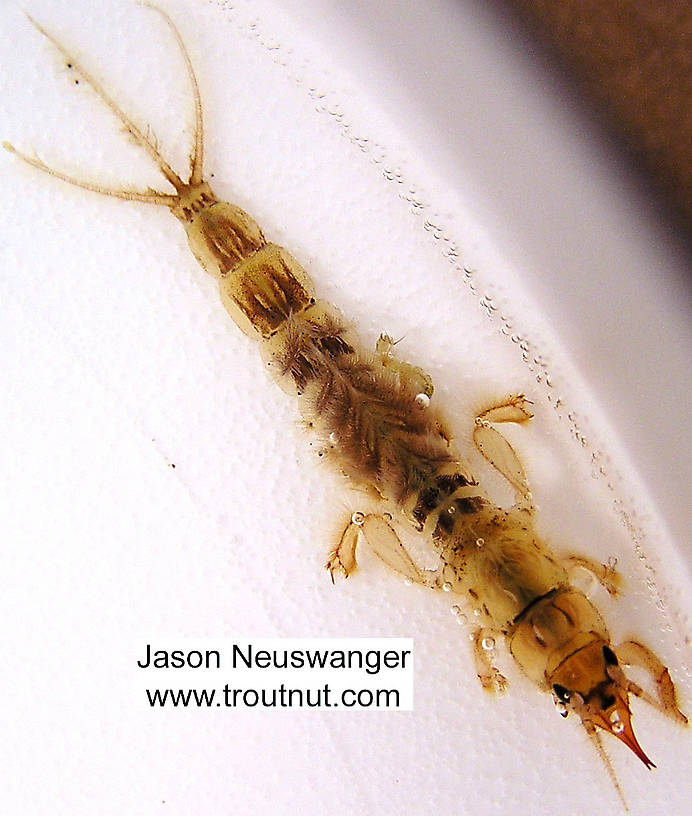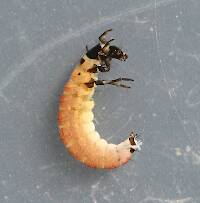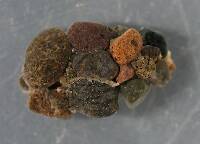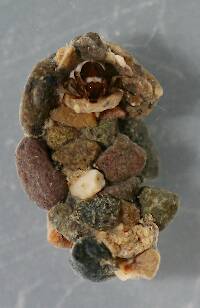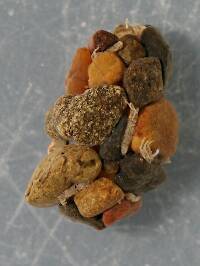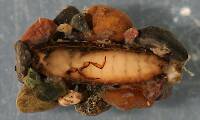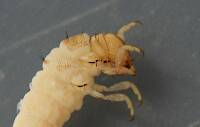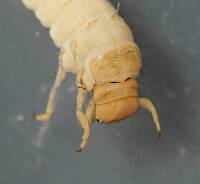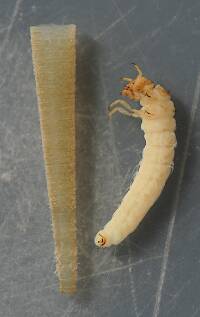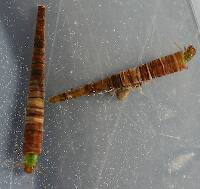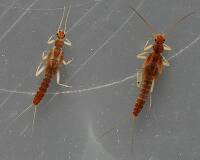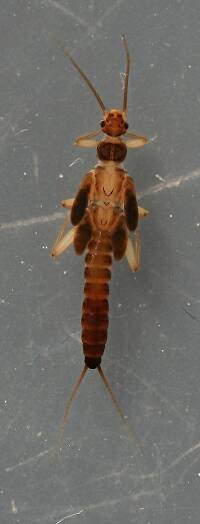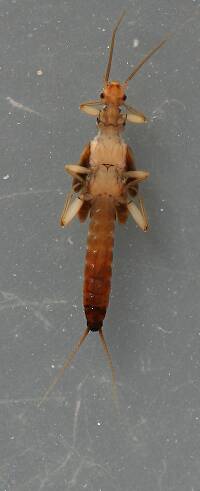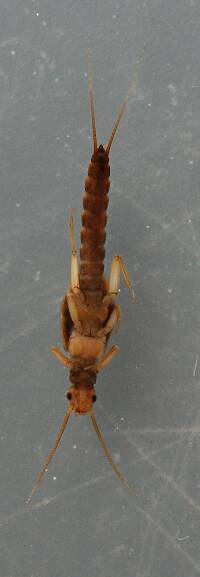
Salmonflies
Pteronarcys californica
The giant Salmonflies of the Western mountains are legendary for their proclivity to elicit consistent dry-fly action and ferocious strikes.
Featured on the forum

This specimen keys pretty easily to Onocosmoecus, and it closely resembles a specimen from Alaska which caddis expert Dave Ruiter recognized as this genus. As with that specimen, the only species in the genus documented in this area is Onocosmoecus unicolor, but Dave suggested for that specimen that there might be multiple not-yet-distinguished species under the unicolor umbrella and it would be best to stick with the genus-level ID. I'm doing the same for this one.

Troutnut is a project started in 2003 by salmonid ecologist Jason "Troutnut" Neuswanger to help anglers and
fly tyers unabashedly embrace the entomological side of the sport. Learn more about Troutnut or
support the project for an enhanced experience here.
Beardius
Posts: 19
Posts: 19
Beardius on Aug 1, 2008August 1st, 2008, 6:54 am EDT
Several of these pictures show larvae of the midge Epoicocladius (Diptera: Churonomidae: Orthocladiinae) attached to the gills of the nymph. This species is an obligate commensal that feeds on organic material that accumulates on hair tufts at the base of the gills. They are almost always present where burrowing mayflies are present in large numbers. Different species of Epoicocladius are found on Ephemera spp., Hexagenia spp., and Litobrancha sp.
Troutnut on Aug 1, 2008August 1st, 2008, 10:29 pm EDT
Thanks, Beardius. That's really cool. What luck to have an expert on those midges run across my picture!
Jason Neuswanger, Ph.D.
Troutnut and salmonid ecologist
Troutnut and salmonid ecologist
Beardius
Posts: 19
Posts: 19
Beardius on Aug 8, 2008August 8th, 2008, 6:23 am EDT
What luck to find such nice pictures with the Epoicocladius larvae still attached! I was delighted to see them.
Beardius
Posts: 19
Posts: 19
Beardius on Aug 8, 2008August 8th, 2008, 6:46 am EDT
One more thing...keep your eyes open for midges associated with Acroneuria, Paragnetina, Pteronarcys, Nigronia, Corydalus, Epeorus, and Ephemeridae (Litobrancha, Hexagenia, Pentagenia, Ephemera). There are a lot of parasitic and commensal midge species in the genera Nanocladius and Epoicocladius that are associated with these large aquatic insect species. Many of these species are currently undescribed, though I am in the process of describing many of them. A Pitt student recently discovered the habitat and larval stages of another midge genus, Tricochilus, as living inside mussels and feeding on their glochidia (baby mussels). The habitat, larval, pupal, and male stages of this species were unknown for about 100 years until they turned up emerging in a rearing tank for mussels.
The First Fork of the Sinnemahoning, Kettle Creek, Hick's Run, Pine Creek, and other north central PA streams have a lot of these associations for some reason.
Anyway, I'd love to be up north collecting aquatic insects and fishing the evening hatches. Tight lines.
The First Fork of the Sinnemahoning, Kettle Creek, Hick's Run, Pine Creek, and other north central PA streams have a lot of these associations for some reason.
Anyway, I'd love to be up north collecting aquatic insects and fishing the evening hatches. Tight lines.
Quick Reply
Related Discussions
Topic
Replies
Last Reply
1
Sep 5, 2006
by Troutnut
by Troutnut
5
Dec 4, 2008
by Beardius
by Beardius
2
Jan 19, 2010
by Dkak
by Dkak


